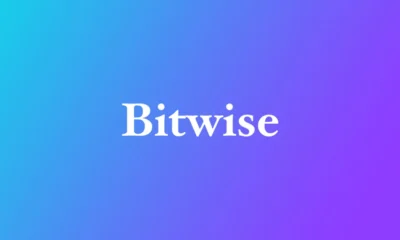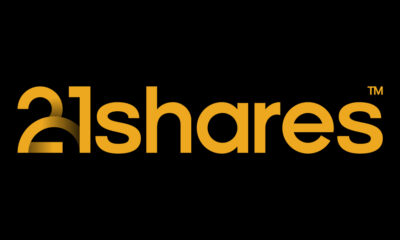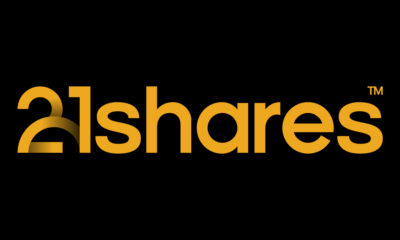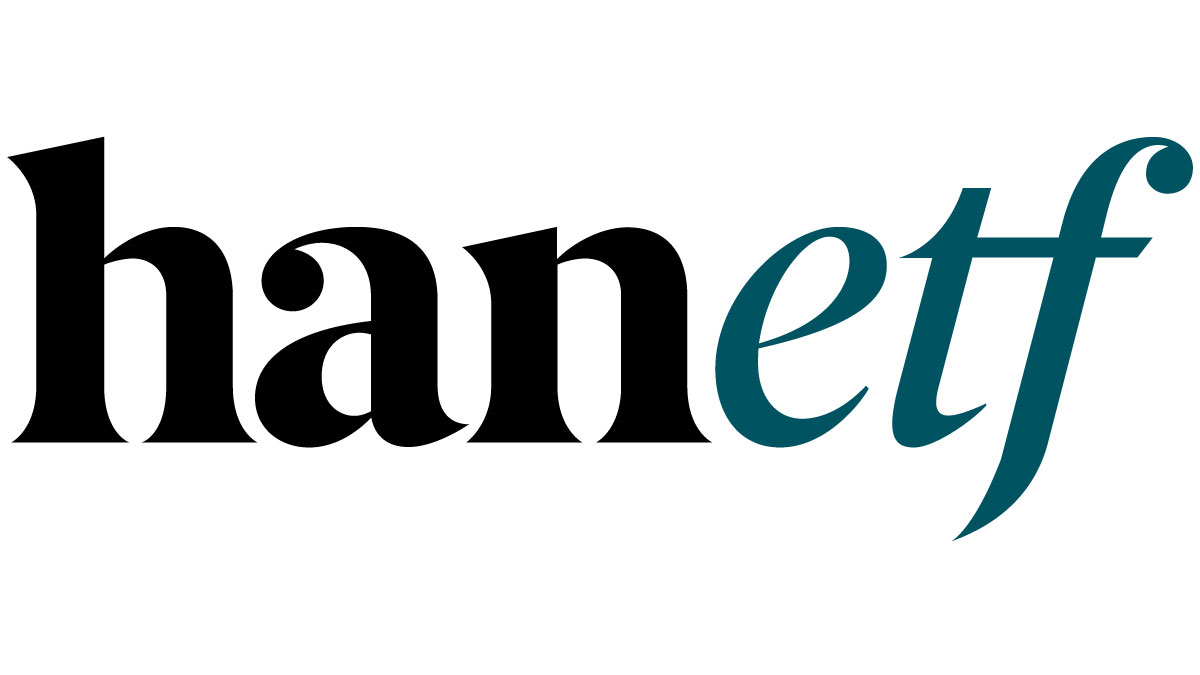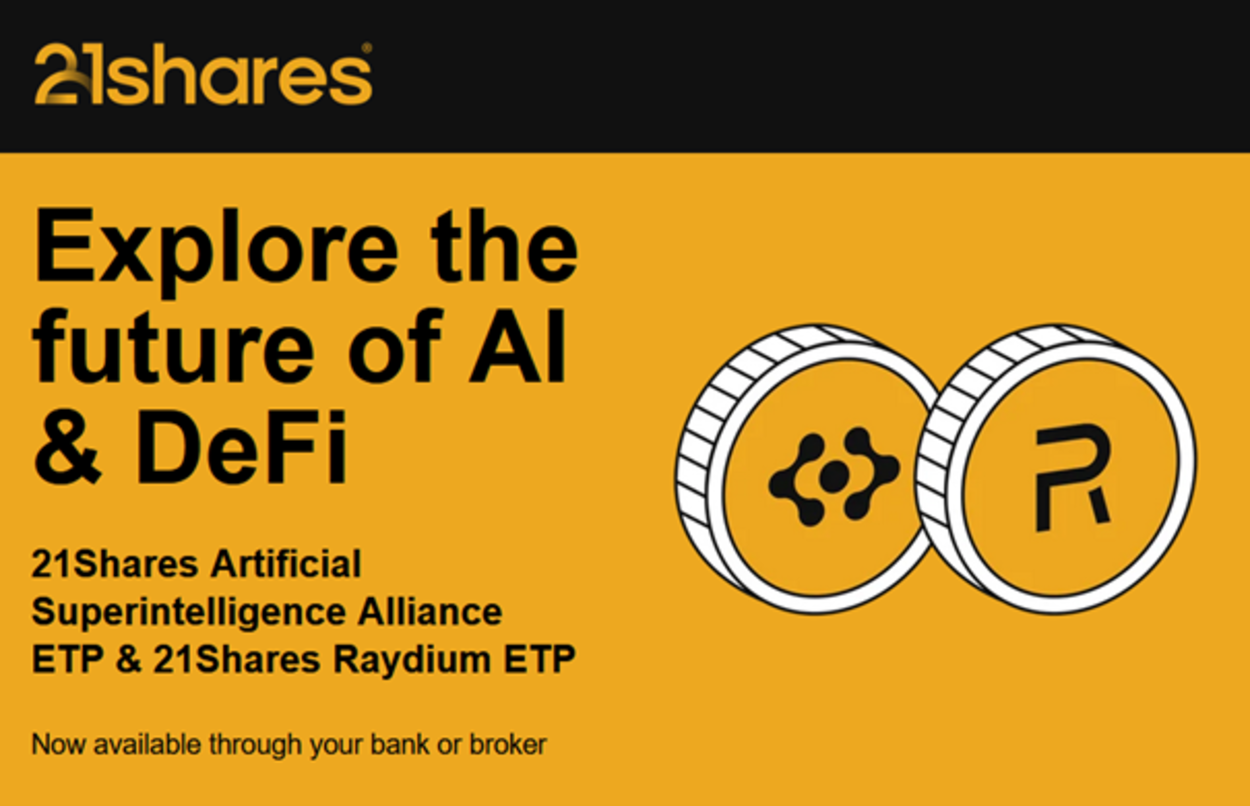Att få tillgång till kryptovalutor och bitcoininvesteringar via en produkt som är noterad på en erkänd börs och är likvid kan underlätta många institutionella investerares oro kring allokering till denna tillgångsklass. ”Historiskt sett var det en känsla av att bitcoin var i utkanten som ett mål för investeringar. Vi kunde inte ens hänvisa till kryptovalutor som en tillgångsklass. Men känslan förändras och produkter som våra underlättar denna förändring och gör det möjligt att hända, konstaterar Bradley Duke, VD för ETC Group. Deras BTCE erbjuder en enkel tillgång till kryptovalutor.
Gruppen lanserade världens första centralt rensade bitcoin ETC. Produkten, som kallas BTCetc bitcoin Exchange Traded Crypto (BTCE), är noterad på Deutsche Boerse och SIX-börsen och distribueras i Europa av HANetf, en oberoende leverantör av börsnoterade fonder.
Duke förklarar anledningen till att initialt större investerare har hållit sig borta från bitcoininvesteringar: ”De flesta institutionella investerare har regler om vilka typer av tillgångar de kan investera i. Vissa kan bara köpa produkter som är noterade på stora börser runt om i världen. På utvecklade marknader kan du ha några fonder som har en liten del att investera i något lite mer exotiskt, men för de flesta är oreglerade digitala tillgångar eller kryptovalutor inte en start. Så på grund av dessa regler var de i princip uteslutna från marknaden. ”
En produkt som BTCE, som dock handlas på stora börser med snäva spreadar, kan hjälpa institutionella investerare att få tillgång till kryptovalutamarknaden. Det förenklar också tilldelningsprocessen till bitcoin. Investerare kringgår de tekniska utmaningarna med att köpa och lagra bitcoin och risken för handel på oreglerade kryptobörser. Genom en börshandlad produkt är investerarna inte skyldiga att engagera sig i arcane blockchain-teknik alls.
Ny säker tillflyktsort
Förutom att vara ett nytt och innovativt område har det växande intresset för kryptovalutor, till viss del, drivits av investerarnas behov av avkastning och även effekterna av Coronavirus-pandemin. Duke utarbetar: ”Centralbanker finansierar dessa enorma stimulanspaket genom att öka penningmängden. Detta släpper ut inflationskrafterna som gör bitcoin attraktivt om du är en kapitalförvaltare eller en kapitalägare med innehav i US-dollar, pund eller euro.
”Eftersom investerare börjar oroa sig för sina investeringar i större valutor, är det vettigt för dem att ta en liten andel av sin portfölj – vare sig det är 5 procent eller till och med 1 procent – och lägga det i något som bitcoin för att agera som en skydd mot inflation. ”
Traditionellt vände investerare guldtilldelningarna i dessa situationer; bitcoin ger nu ett alternativ.
Duke kommenterar: ”I stället för att se bitcoin som en vild väst typ av tillgång, börjar de se det som en säker tillflyktsort på samma sätt som de ser guld. Det är ett enormt skifte. Anledningen till att de ser bitcoin på det här sättet är att det är en hård valuta eftersom det bara finns 21 miljoner enheter som någonsin kommer att vara i omlopp, enligt blockchain själv. Detta står i kontrast till traditionella valutor som det verkar finnas en oändlig tillgång på. ”
Detta sentiment förstärks av olika rörelser på marknaden. Det amerikanska försäkringsföretaget MassMutual köpte USD 100 miljoner bitcoin senare 2020 och kapitalförvaltningsjätten BlackRock tog sitt första steg in i kryptovärlden eftersom det inkluderade bitcoin-derivat i prospektinlämningar hos US Securities and Exchange Commission.
”Det finns också Fidelity som erbjuder förvaring av kryptovaluta, vilket ytterligare visar att dessa hörnstenar för institutionell förmögenhet går in i rymden. Med tanke på världsekonomins tillstånd just nu kan det faktiskt bli problematiskt för investerare att inte engagera sig i bitcoin. Om de inte ser möjligheten och har åtminstone en viss tilldelning till dessa tillgångar kan ses som gränsvårdande. Institutionella investerare har en skyldighet gentemot intressenter att investera och skydda värdet på sina tillgångar, varnar Duke.
Säkerhetsåtgärder
Även om antalet börsnoterade produkter kopplade till kryptovalutor växer, varnar Duke för att inte alla produkter skapas lika: ”Vi ser att fler produkter kommer in i striden, nästan varje månad. Investerare måste dock vara medvetna om vissa skillnader. BTCE stöds av fysiskt bitcoin och är helt fungibelt – vilket innebär att du kan konvertera från BTCE till bitcoin och tillbaka igen mycket enkelt. Vår produkt spårar också bitcoinpriset mycket exakt eftersom eventuell förskjutning skulle leda till en arbitrage-möjlighet.
Att ha produkten helt bakom bitcoin-innehav minskar motpartsrisken för investerare med tanke på att nya BTCE-aktier inte kan skapas utan att den fysiska bitcoin redan hålls i kylförvaring av en reglerad förvaringsinstitut.
Säkerhet är en annan dimension som företaget har beaktat när de bygger BTCE. ”Vi har lagt till många säkerhetsfunktioner i vår produkt eftersom vi ville ha de viktigaste sakerna som är viktiga för institutionella investerare. Alla tillgångar under förvaltning är pantsatta till en förvaltare, så om något skulle gå fel kommer de att fullgöra alla skyldigheter som har utfärdats. Vi har också en oberoende administratör som godkänner all skapande och inlösen. Dessutom kan administratören bara bytas ut av förvaltaren, ”noterar Duke.
Företaget syftade till att skapa en institutionell produkt, detta inkluderar kryptovalutaplånböcker med flera signaturer för att hantera risker. Tillgångarna är också försäkrade mot bedrägeri och hacking upp till 100 miljoner USD. Duke kommenterar: ”Även om det är osannolikt, om det skulle inträffa någon sådan händelse, tröstar investerare att det finns detta extra skydd på plats.”
Ser vi framåt kommer drivkraften bakom BTCE i slutändan att tjäna investerarna väl. Enligt Duke: ”Eftersom våra tillgångar under förvaltning fortsätter att växa, kan större kapitalförvaltare och värdepappersföretag ta större insatser i produkten, om de väljer att göra det.”
Var och hur kan BTCetc handlas?
BTCE handlas i dag på Deutsche Boerse (Xetra). Det betyder att det går att handla andelar i BTCetc Bitcoin Exchange Traded Crypto (BTCE) i genom de flesta svenska banker och Internetmäklare, till exempel Nordnet och Avanza.

 Nyheter3 veckor sedan
Nyheter3 veckor sedan
 Nyheter4 veckor sedan
Nyheter4 veckor sedan
 Nyheter4 veckor sedan
Nyheter4 veckor sedan
 Nyheter4 veckor sedan
Nyheter4 veckor sedan
 Nyheter2 veckor sedan
Nyheter2 veckor sedan
 Nyheter3 veckor sedan
Nyheter3 veckor sedan
 Nyheter2 veckor sedan
Nyheter2 veckor sedan
 Nyheter4 veckor sedan
Nyheter4 veckor sedan




